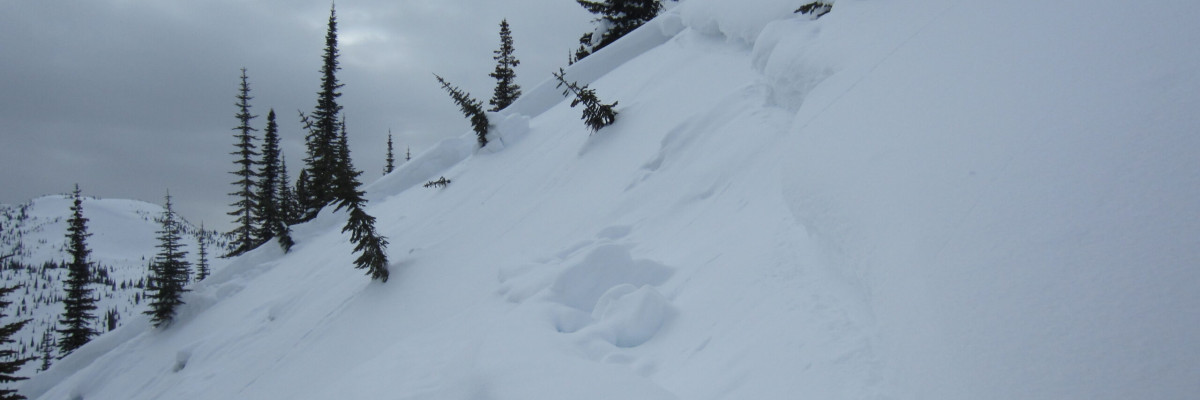Dangerous snowpack conditions.
Western Montana is getting slammed by heavy mountain snowfall and high ridge top winds.
We’ve received several good reports from a variety of locations in the Bitterroot and Rattlesnake mountains all of which describe:
- a weak snowpack structure
- heavy new snowfall on top of weak layers of facets
- cracking and collapsing of the snowpack
- high winds
- avalanches on small test slopes and wind loaded terrain
These conditions are particularly dangerous with an upside down profile and a thick slab sitting on the facets that formed during the cold dry weather earlier this month. Early season avalanches tend to release at the facets close to the ground increasing the likelihood of getting dragged through rocks and stumps if you get caught.
Winter storm watches and warnings are in effect today with clearing conditions for Thanksgiving. We can expect continued snow after Thanksgiving with a return to much colder weather later this weekend.
The best travel advice we can give is to avoid the higher elevation avalanche terrain and give it a chance to strengthen. Keep in mind that it may take more than just a few days before you can trust this weak structure.
This is Steve Karkanen with this early season update from the West Central Montana Avalanche Center issued on November 26, 2014. We will begin issuing regular advisories with danger ratings on December 12.














